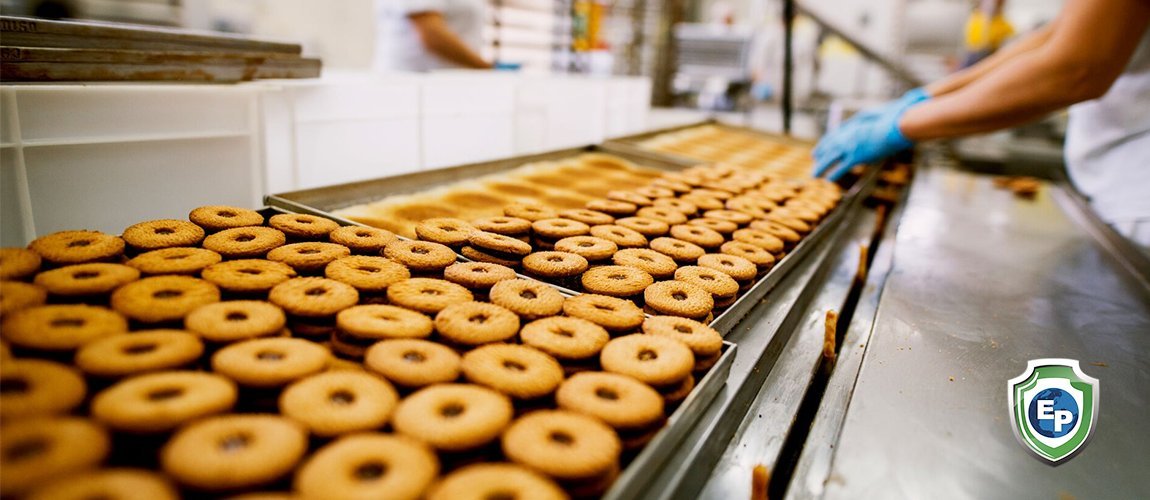Crunching the Numbers on Consumer Confidence: What the Data Says and How to Use It
Nielsen analyzed sales and satisfaction figures from how the year began, so businesses can apply what we’ve learned as the year approaches its end.

2018 has been quite the year, and it’s not even over yet. Major events have rocked and revolutionized the fields of politics, sports, and technology, and all of it has effected business in one way or another. The markets have all had their share of ups and downs in 2018, and with the big holidays coming up fast, everyone wants to be ready to make the most of it. Past trends are an important part of preparing for the future, but after going through so many major developments so quickly, it can be difficult to take stock of how far we’ve come.
Luckily, the good folks at Nielsen have been keeping track.
After analyzing consumer habits from around the world, they’ve calculated and charted which industries have been doing well and which ones haven’t, not to mention where and why. All this information may seem overwhelming at first, but following how the figures have led up to now can give international markets a good idea of what to prepare for moving forward.
Take the food industry.

Russia has enjoyed major growth in this region, as the millions of World Cup fans visiting for the games were eager to eat. They, and the locals, were able to choose from a wide yet specific selection thanks to recently passed food labelling regulation increasing awareness of healthier options. Chile is enjoying similar success, and coincidentally, implementing similar regulations. These nutritional labels may help prepackaged items stocked at superstores compete with the fresh and natural wares consumers are enjoying at the Ferias, or street markets, that have become very successful lately.
People want to eat healthy, just as they want to live healthy, which is what’s making the health and wellness industry do so well.
Canada had the strongest dollar growth this year according to the Nielsen study, thanks to major Easter sales. But after eating so much sugary treats, consumers are now actively seeking to make up for it with health products, allowing stores the opportunity to stand out amongst competition by best meeting these needs. Competition is an important part of a healthy market, just look at the Philippines, it’s one of the fastest growing economies in the Asia-Pacific region. Tax hikes may have caused increased prices on many items, but increased government spending and small-stores-vs-supermarkets competition is satisfying customers’ needs in a variety of ways.
It’s targeted and creative strategies like these, finding what consumers want and devising unique ways to give it to them, that have resulted in consumer confidence levels being so high for Q1 2018. However, where there’s a peak there’s a valley, and emerging markets in developing countries seem to be experiencing some slight dips.

South Africa had the biggest quarterly increase of these Nielsen studies in 10 years. Despite some rising inflation, recent leadership change and increased consumer spending shows good signs of recovery, though upcoming tax increases may affect these patterns. However, having that knowledge will allow businesses to prepare for it, and to adjust their models accordingly in over the months to come.
Of course, the biggest concern facing all regions is the task of identifying and satisfying the new generation of consumers. The ones who are young and aware of the markets beyond their own borders, the ones who are online so that the world becomes their marketplace, the ones who are searching for the very best deals and know exactly how to find them.
Export Portal knows these consumers are out there, we know how to find them and how to help them find what they want, we just need to know if you want to join in.






Comments 0